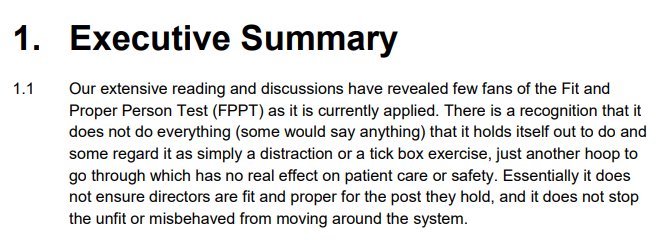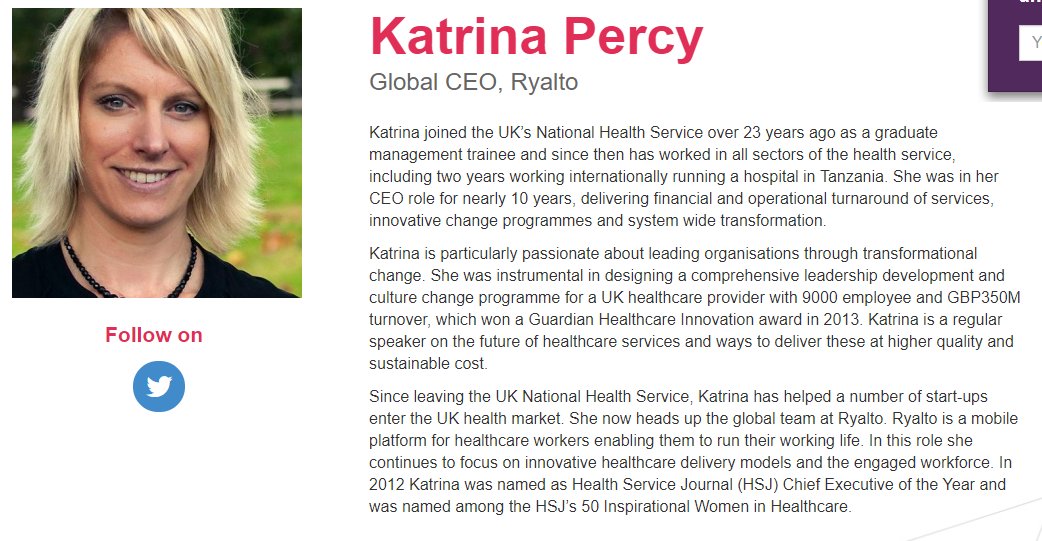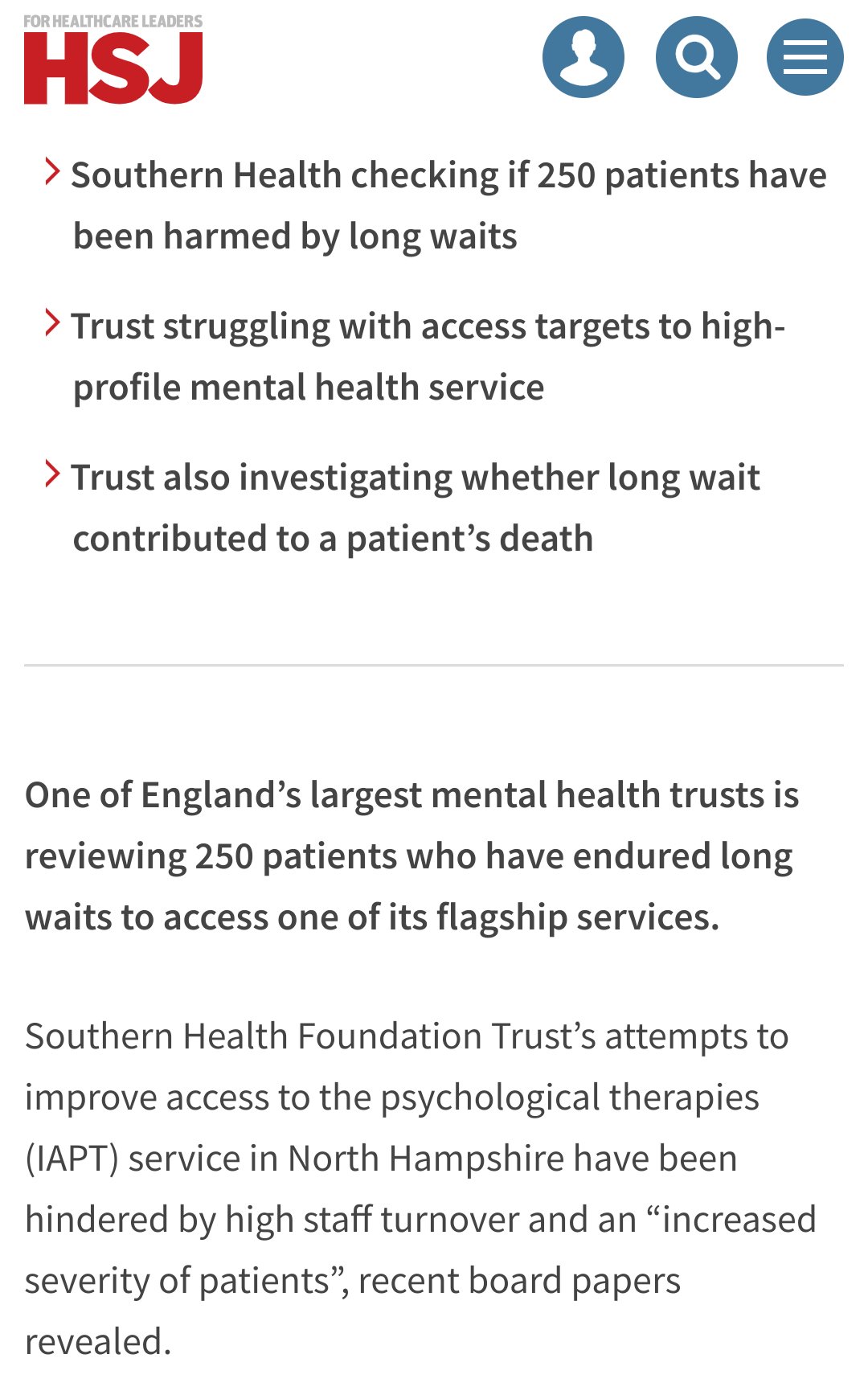
Gawd. Not written a blog post for what seems like yonks. I think this is a good thing. I’ve also been on strike for what feels about a decade which is generating unusual space to think and reflect about stuff.
This morning crafting vintage crochet squares my eyes/thoughts drifted to beautiful, beautiful photos of our kids. And reflections about stolen time. Time spent enduring accountability processes, on fighting, meeting, demanding, researching, reading, raging, reading, raising, howling, meeting, missing, fighting, raging, howling and missing. Missing so bloody much.
I totted up one strand of this stolen time.

It is unnecessary. These processes shouldn’t take years. Or force families to become almost vigilantes in pursuit of justice.
I also thought about the tenacity and strength of the tentacles of mother blame that continue to try to drag me/us down. Me/us flagging here how the ‘mother blame’ stain works to circulate a narrative of ‘unbalanced woman’ disconnected and distinct from a loving family and friends.
Undertones, hints and hammers
The still busy blame work continues across diverse settings and spaces. Examples from the last few weeks:
A comment in a Hampshire newspaper. Mazars a tool to discredit one trust or just to appease a certain someone?
A Facebook discussion. What worries me is her being in this position of power over very vulnerable people and seemingly completely unaware of what’s she’s saying.
Disproportionate indignation and the personalising of a wider, independent work outcome.
An extract from a draft manuscript in which a senior exec is portrayed as victim in contrast to an obstructive mother who really should have been offered grief counselling early on.
Writing back

A form of writing back, to borrow from post-colonial literature, is part of my/our personal, academic and activist life. Rich and I talk about it. Katherine Runswick-Cole and I have published about it. #JusticeforLB ran with it and, with George Julian’s clear vision, generated new ways of being, doing and acting.
Writing back is about trying to redress oppressive and enduring imbalances. Of reappropriating and resisting harmful discourses. Shades of refrigerator mothers, accusations of hysteria, irrationality and, ironically, imbalance.
The techniques available to public sector bodies wanting to silence people include discrediting, crushing and co-opting. In this order. I was never big on titles or throwing about my business so early attempts to discredit were short lived. Hints of a generic single mother on benefits are hard to sustain when you are married with a senior academic post. From being invisible, the Dr (‘Dr’) title assumed almost comedic proportions as events unfolded.
Attempts to crush are woven into the fabric of accountability processes as well as the everyday actions of senior health and social care figures. No funding for legal representation at inquests without punitive and intrusive scrutiny. Interview transcripts with NHS staff with sub-sections titled ‘My Relationship with Dr Ryan’. The secret review by Oxfordshire County Council in which the author spoke to everyone but us spinning a teeth achingly biased yarn. The commissioner’s letter about the terrible harm ‘my’ campaign was causing. Countless crushing examples.
Co-opting can be an effective tool in terms of maintaining the status quo. Selfie slide shows of families with ministers, politicians, big charities… People sign up to working with different strands of health and social care to generate change, working with and influencing from the inside. Rich and I dipped our toes into the co-opting pool. Both were short lived experiences as futility shone through. Outrage and incredulity this week from long term National Autistic Society supporters as the penny finally dropped. This is a corporate, self-serving beast.
And what if the silencing techniques don’t work?

Mmm. This has been a ponder and a half. The following point all overlap…
If the techniques don’t work you are not playing the game. You are at fault.
If you remain uncrushed you are clearly not assuming the appropriate, culturally ascribed role of grieving mother. You are stripped of feelings, your bereavement stolen.
People you’ve never met develop a strong and irrational (again heavy on the irony) dislike of you. A disproportionate monstering. A danger to others…
If you resist co-opting there is no resolution. And there is no resolution if you don’t. Superficiality of ‘improvement’ efforts continue with an ever ready queue of co-optees while necessary structural and cultural changes remain untouched. From the outside we don’t have the distraction of insider tinkering and remain a nuisance.
Finally, and what gets lost in all of this, is bereaved families are the only interested parties, to use coronial language, who are typically not directly connected to or part of what happened. This makes the attempted silencing and subsequent monstering all the more monstrous.
The end. For now.
[Please chip in with comment, reflections or criticism; these are very much half formed thoughts.]

 I’ve drafted posts on paper, on this blog and in my head on and off for weeks and months now. And kind of enjoyed not posting them. It feels right. I may revisit some of these ghost posts. Or not. Some (many) are about (malingering) grief. About the intense pain and sadness I feel. And always will. With patches of pretty much happiness. That’s cool. I don’t want to always be Captain Bringdown. I remain in awe of feelings of contentment.
I’ve drafted posts on paper, on this blog and in my head on and off for weeks and months now. And kind of enjoyed not posting them. It feels right. I may revisit some of these ghost posts. Or not. Some (many) are about (malingering) grief. About the intense pain and sadness I feel. And always will. With patches of pretty much happiness. That’s cool. I don’t want to always be Captain Bringdown. I remain in awe of feelings of contentment.




































